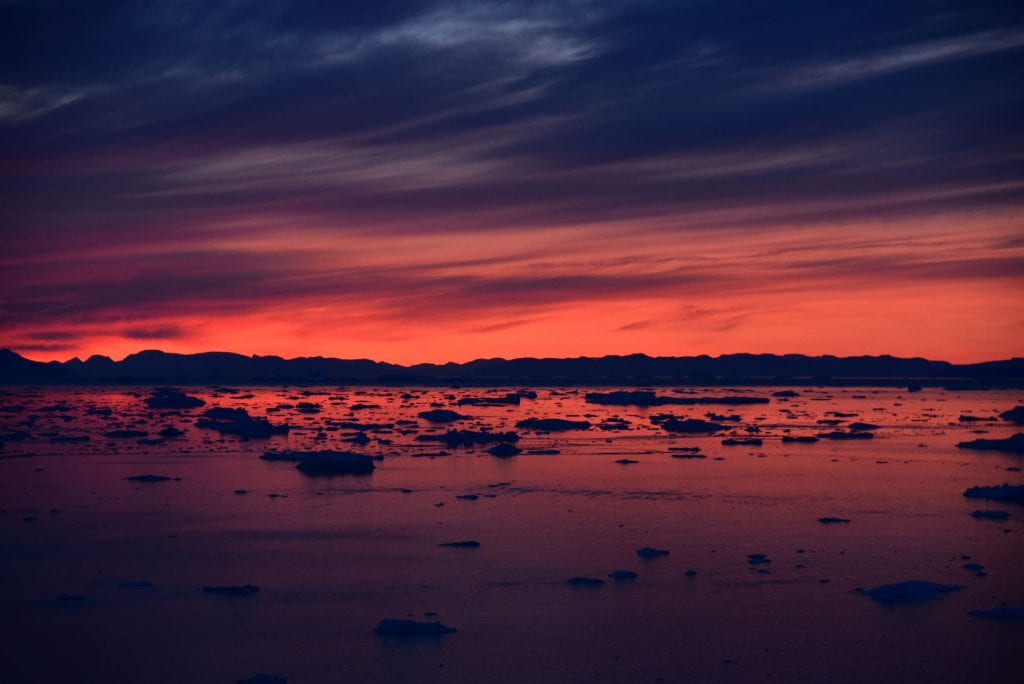About
This website offers a platform to understand the societal aspects of ice, including mountain glaciers from the Andes to the Alps and polar icebergs from the North Atlantic and Greenland to Antarctica. The goal is to provide a central clearinghouse with information about how different societies have come to understand, study, perceive, harvest, engineer, consume, and live with (or die from) changing ice conditions around the world.
Today there is an ever-increasing interest in teaching about ice and society, so we have a section on K-12 Teaching with many educational resources and links to lesson plans.
The site also provides many other ice-related resources for those interested in understanding glaciers and icebergs, from historical photographs of Bolivian glaciers to information on the regional human impacts of Antarctic ice change. Plus there is also a glacial lake outburst floods (GLOFs) bibliography for scholarship on the human dimensions of glacier hazards.
The website began more than a decade ago, in 2008, and has been partially supported by The National Science Foundation (NSF) grants no. 0822983, 1010132, 1253779, and 1543012. At that point, relatively few people were studying the human dimensions of glaciers, icebergs, ice sheets, or other forms of ice. The site has been 100 percent undergraduate student built and maintained. The current expert Designer and Builder, who built this site, is Mason Jones. Previous web editors and designers are listed below.
My own research began in the Peruvian Andes nearly 20 years ago and has since expanded to ice and society worldwide, with a current focus on icebergs in the North Atlantic. For more information on my group’s research activities, please visit my Glacier Lab for the Study of Ice and Society website or my faculty profile at the University of Oregon.
Photographs on the home page of this website were taken by me in Greenland in August 2019.
—Mark Carey, University of Oregon
